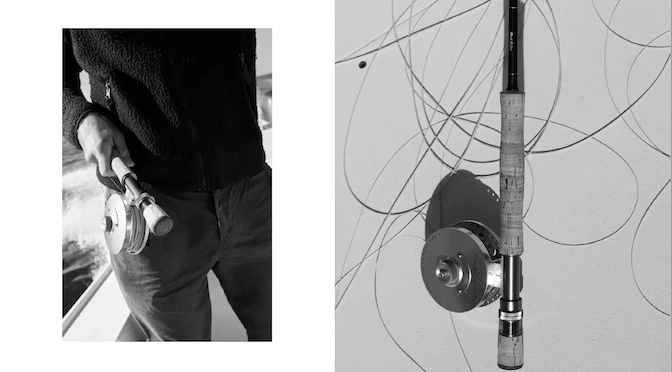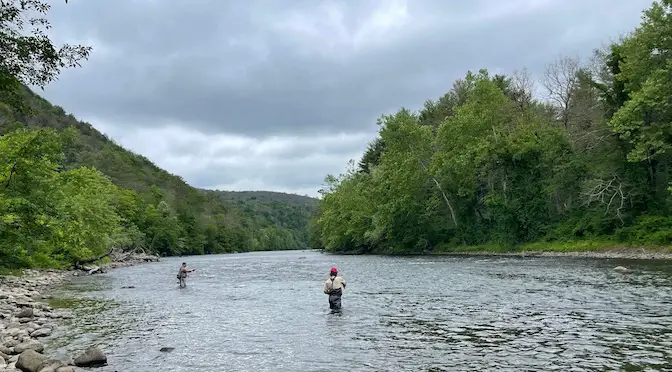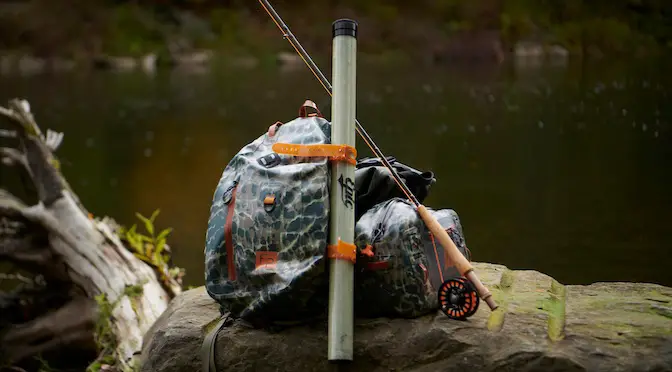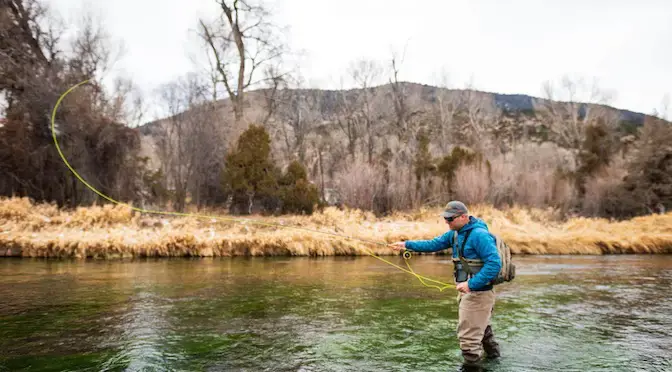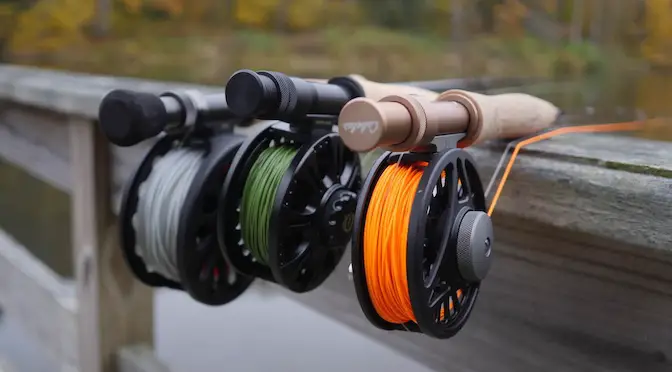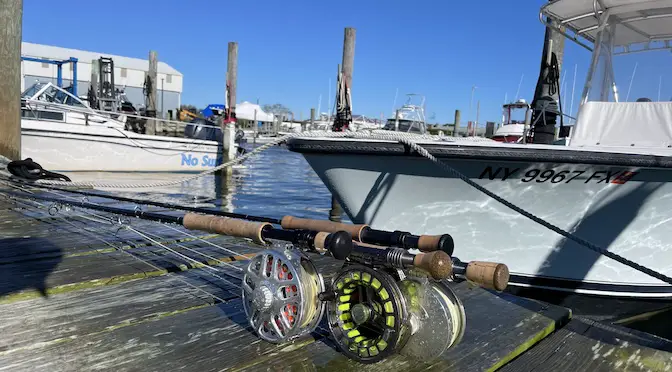- Understanding Fly Lines: The Heartbeat of Fly Fishing - April 23, 2024
- The Basics of Fly Fishing Etiquette - April 22, 2024
- Fly Fishing Gear Essentials: What You Need to Start - April 18, 2024
When gearing up for a fly fishing expedition, selecting the right waterproof backpack is as crucial as choosing the right fly rod or reel.
The size of your backpack plays a pivotal role in ensuring you have everything you need on the water while maintaining comfort and mobility. In this guide, we’ll delve into the importance of size when selecting a waterproof backpack for fly fishing and provide valuable tips on assessing storage needs based on the type of fishing expedition you’re embarking on.
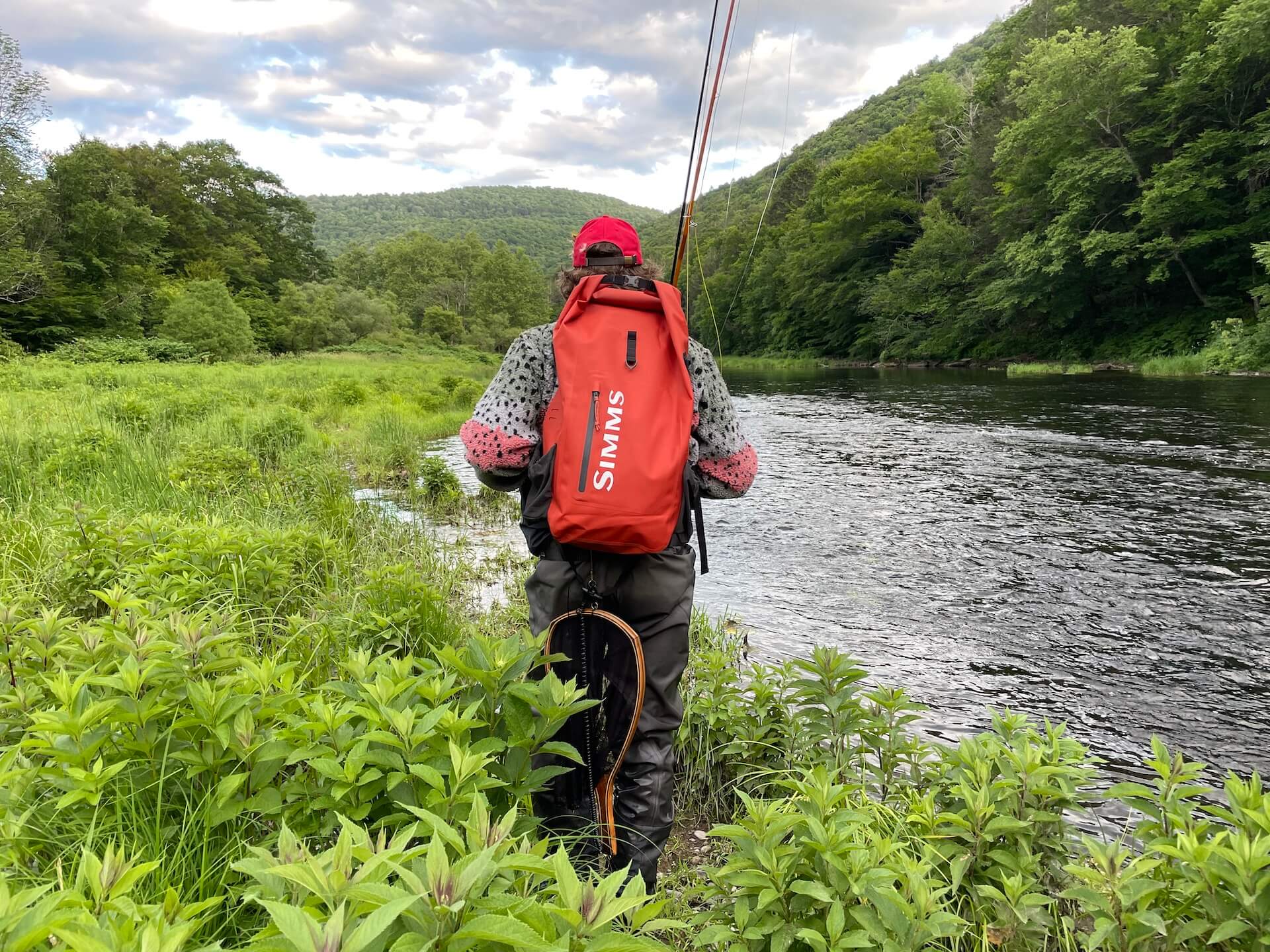
The Significance of Size in Fly Fishing Backpacks
Fly fishing demands a specific set of gear, including various fly boxes, leaders, tippets, reels, and other essentials. The right size of a waterproof backpack ensures that you can organize and carry your gear efficiently, keeping everything dry and easily accessible during your fishing adventure. The backpack is certainly the biggest option. If you’re only out for a short fishing session and don’t want to bring a lot of gear a sling pack or hip pack might be a good alternative for you.
Efficient Organization
An appropriately sized waterproof backpack allows for efficient organization of your fly fishing essentials. Separate compartments for fly boxes, a designated pocket for a hydration system, and additional space for extra layers or snacks contribute to a seamless and organized fishing experience. Be aware that fully submersible backpacks often feature less of these assets since their primary focus is on bulletproof waterproofness.
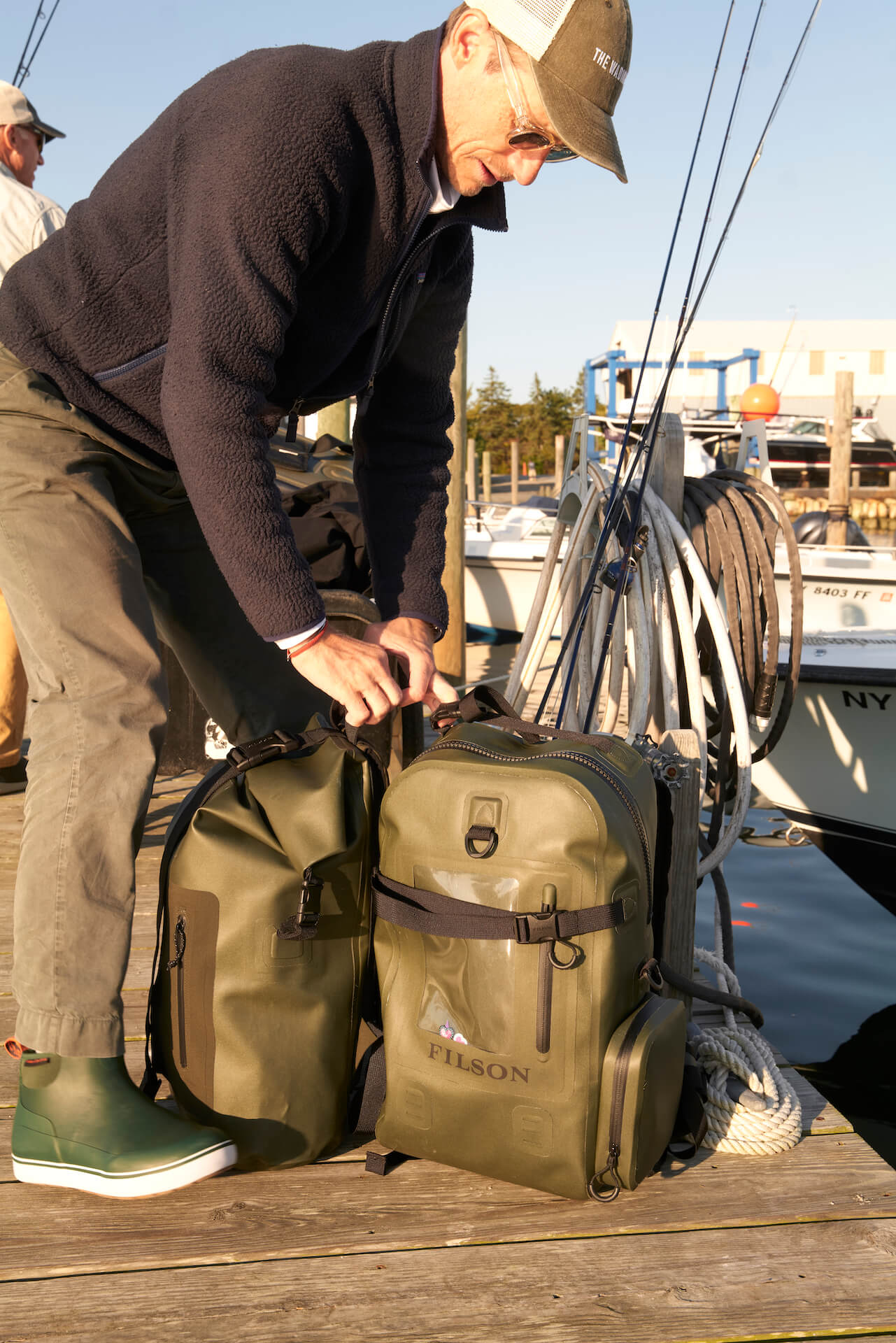
Comfort and Mobility
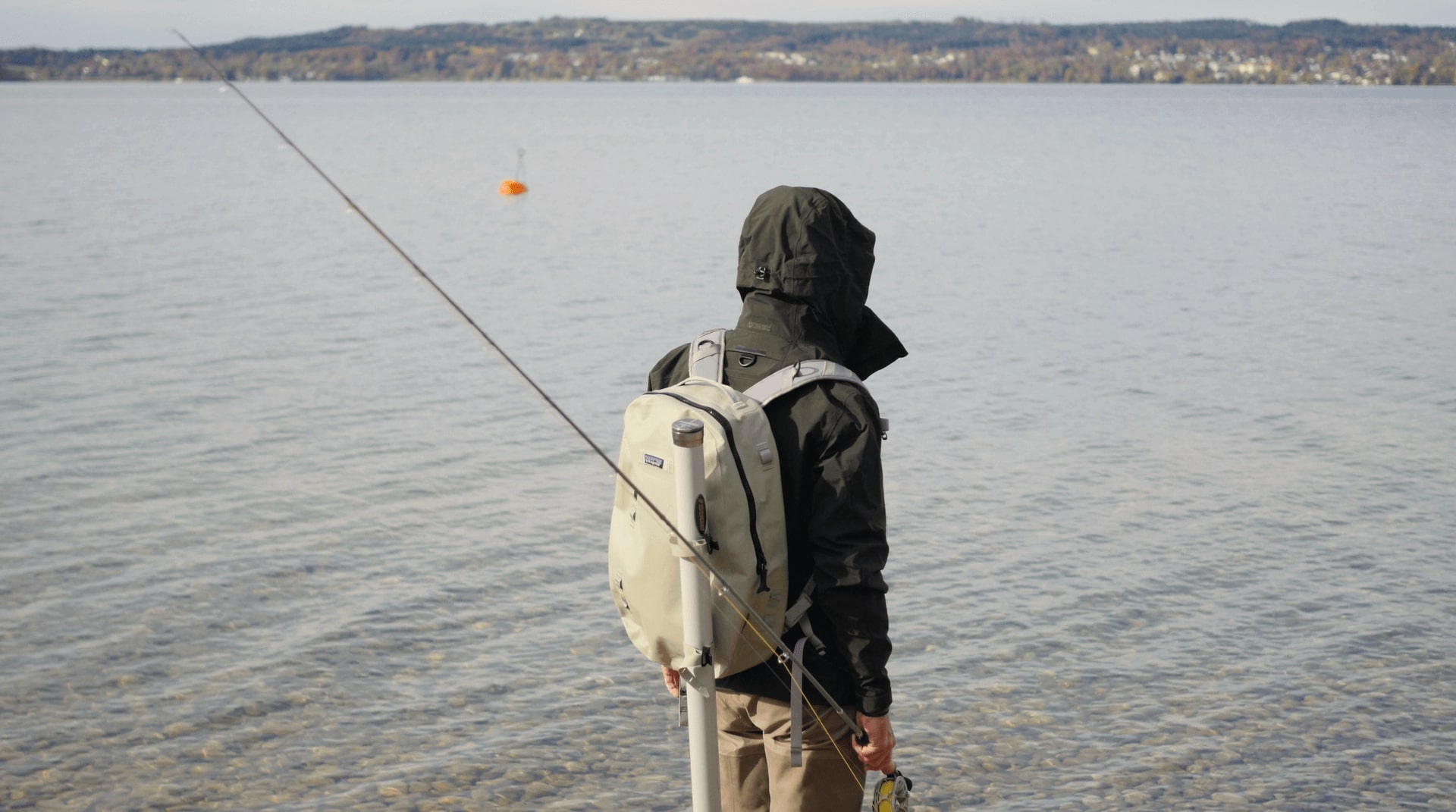
Opting for a backpack of the right size ensures comfort during extended periods on the water. An overly large backpack can hinder your mobility and balance, while one that’s too small may not accommodate all the necessary gear. Striking the right balance is key for a comfortable and enjoyable fishing trip.
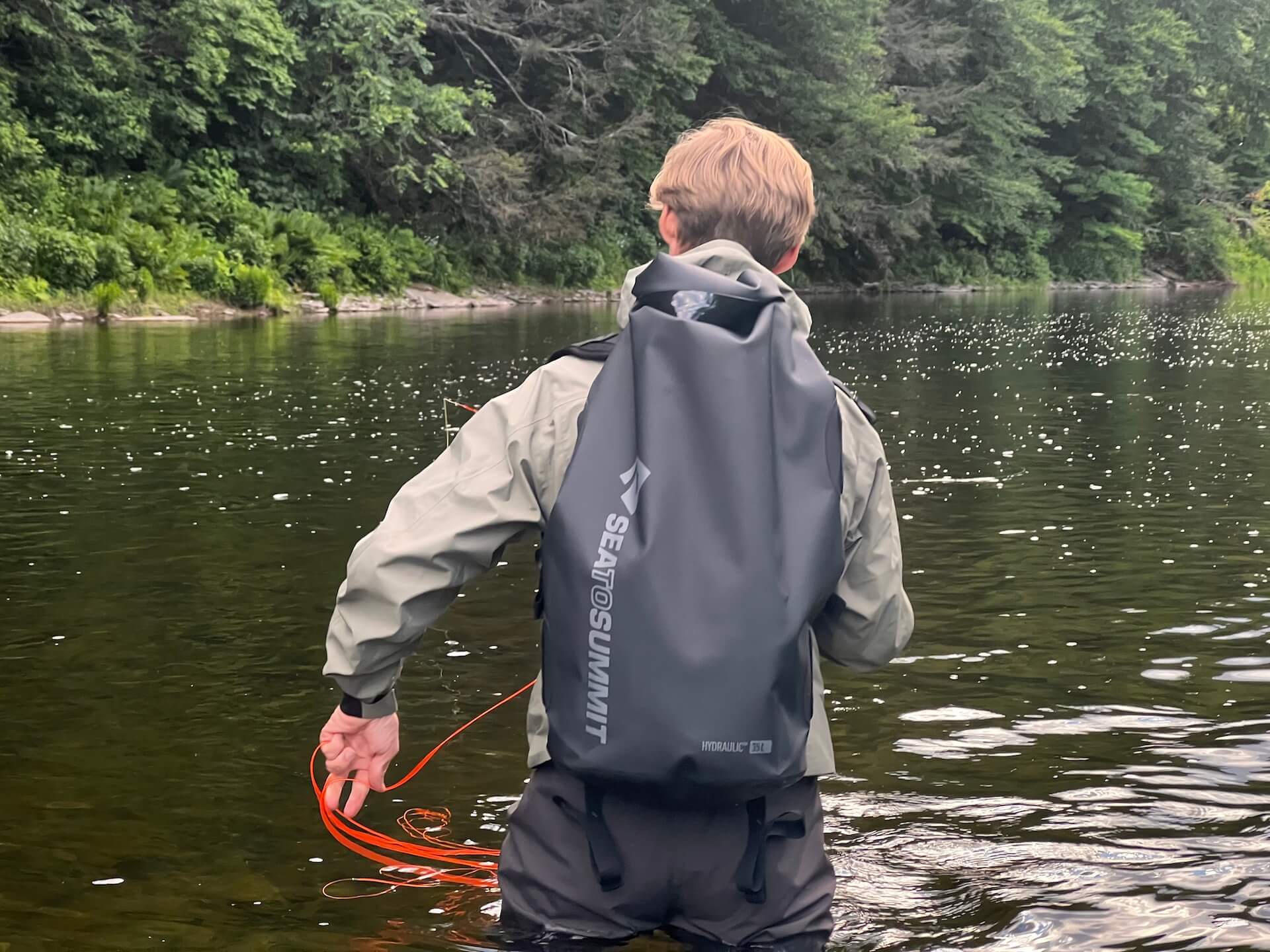
Assessing Storage Needs
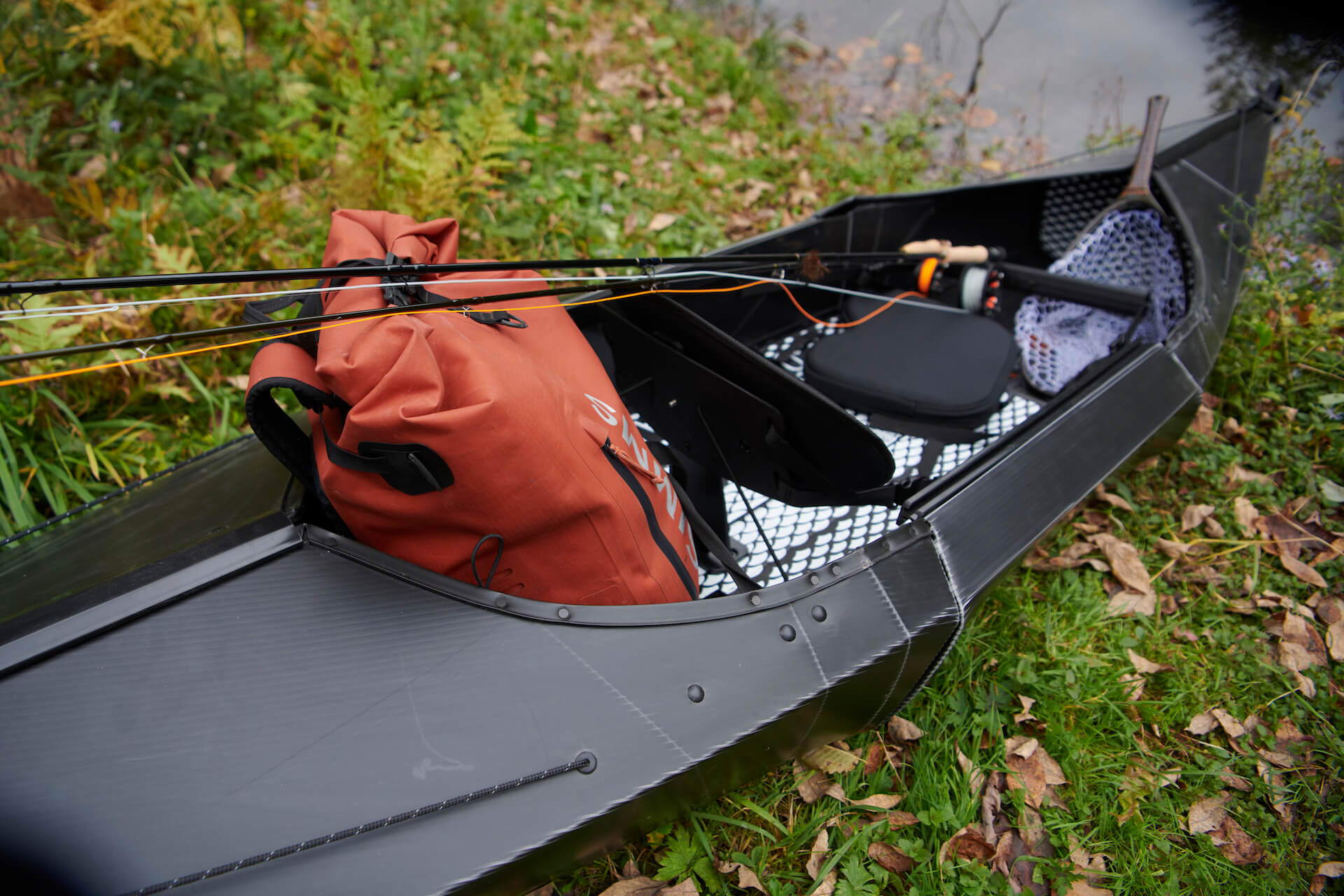
Assessing your storage needs is crucial when determining the size of the waterproof backpack that will best suit your fly fishing adventures. Consider the following factors:
Type of Fishing Expedition
Day Trips: For shorter day trips, a compact waterproof backpack with enough room for essentials is ideal. Look for features like rod holders or attachment points for convenience.
Multi-Day Expeditions: If you plan on longer fishing expeditions, a larger backpack with additional storage for clothing, food, and camping gear is necessary.
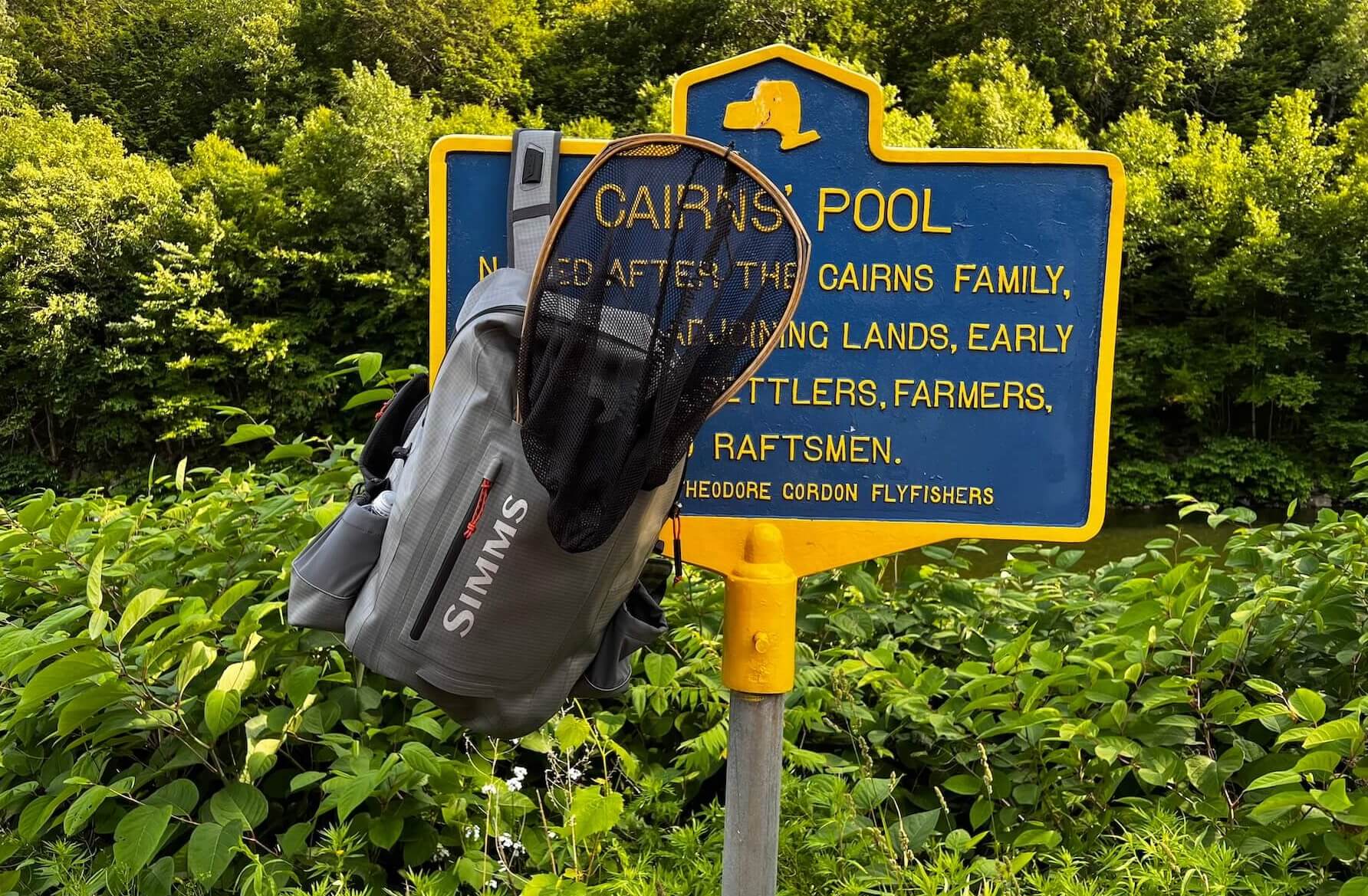
Gear Specifics
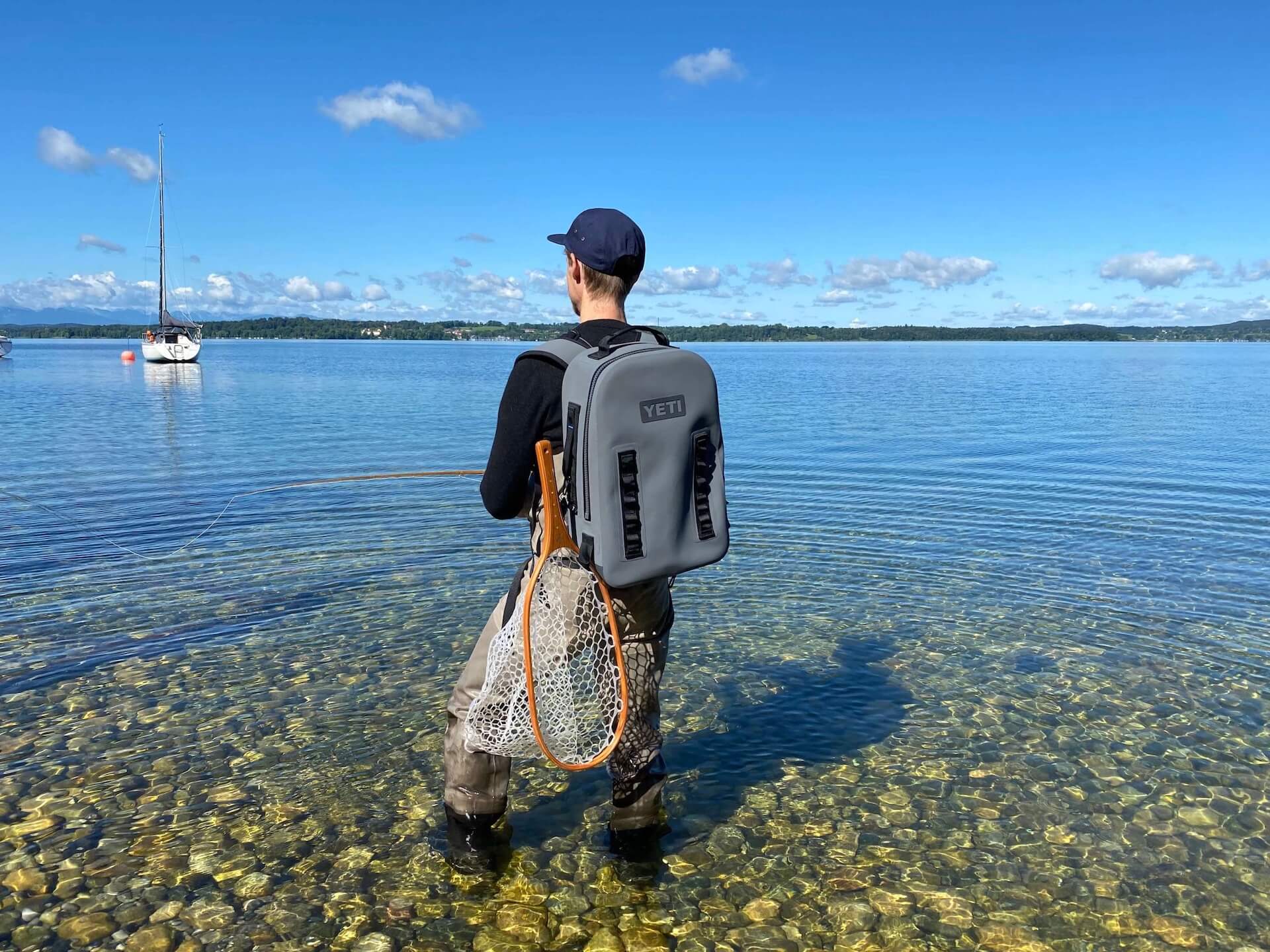
Fly Box Size: Assess the size of your fly boxes. Larger fly boxes or a higher quantity may require a backpack with larger compartments.
Rod and Reel Setup: Consider if the backpack has features like straps or holders to secure your fly rod and reel during transportation.
Personal Preferences
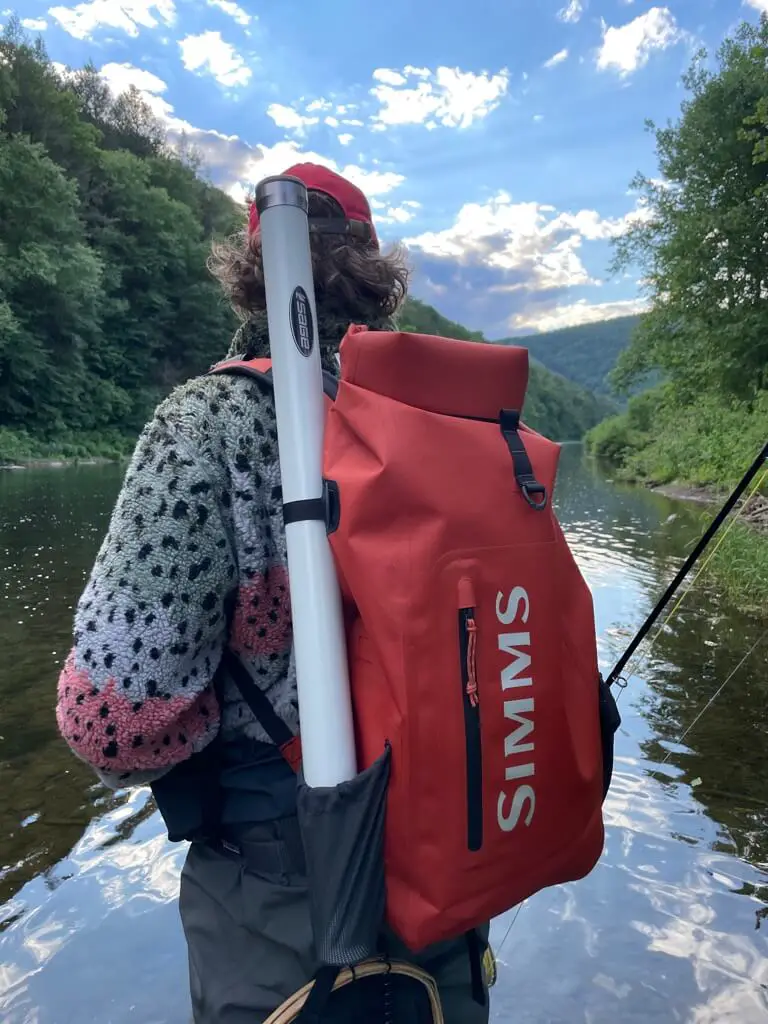
Comfort: Some anglers prefer backpacks with additional padding and ergonomic designs for maximum comfort.
Style: The style of the backpack, including color and design, might be a personal preference, but ensure it doesn’t compromise functionality.
Final Thoughts
In conclusion, choosing the right size of a waterproof backpack is a pivotal decision for fly anglers. It ensures that you can carry all your essentials comfortably, keeping them dry and easily accessible during your fishing adventures. Assessing your storage needs based on the type of fishing expedition and your specific gear will guide you in finding the perfect backpack to accompany you on the water.
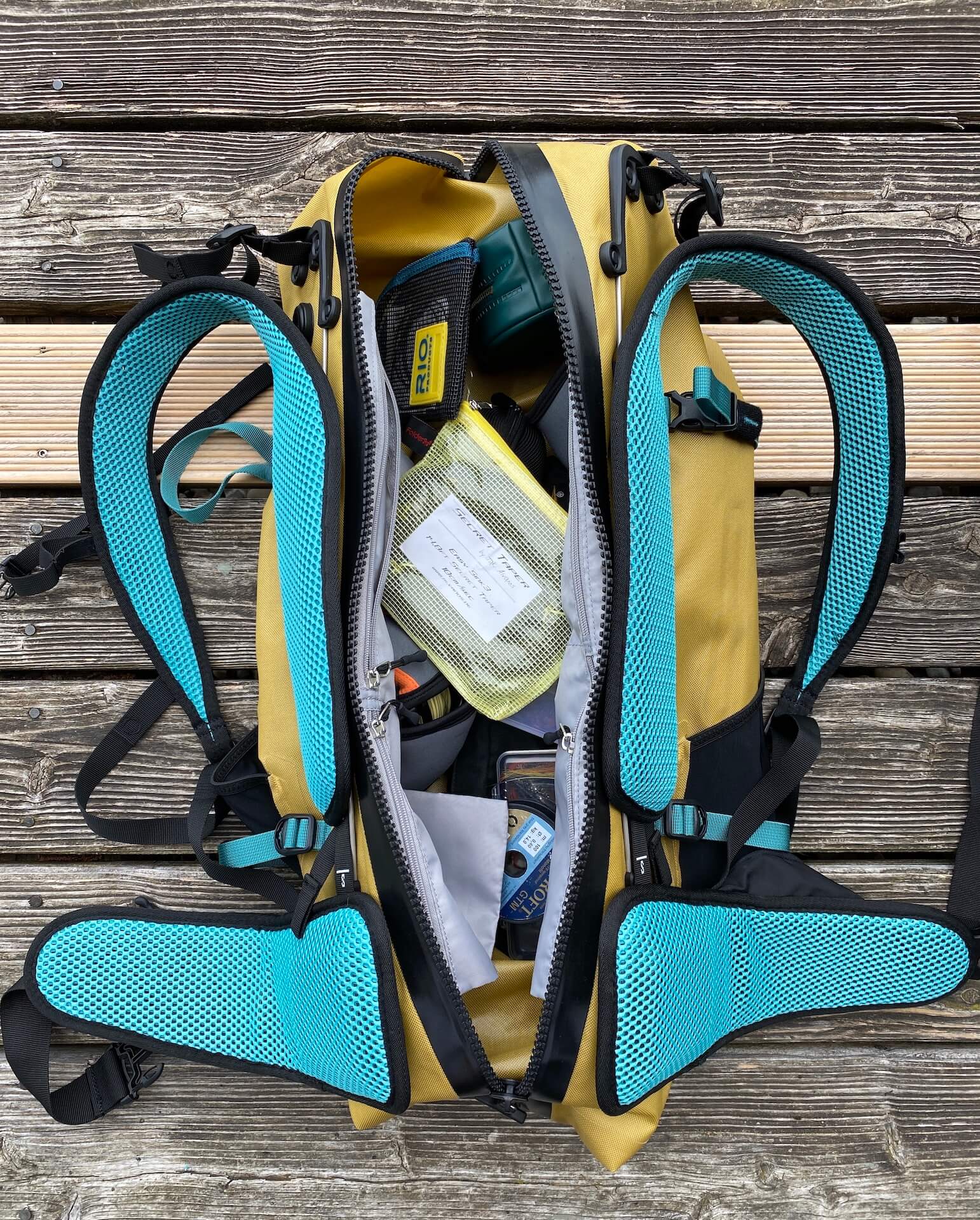
FAQs: How to Choose the Right Size for a Fly Fishing Backpack
Can I use a regular backpack for fly fishing?
While a regular backpack might suffice for short trips, waterproof fly fishing backpacks are designed with specific features for anglers, such as rod holders, waterproof compartments, and additional functionalities.
How do I know if a backpack is the right size for me?
Consider the duration of your fishing trips and the amount of gear you need. A backpack that comfortably accommodates your essentials without being too bulky or too small is likely the right size for you.
What are the must-have features in a fly fishing backpack?
Essential features include waterproofing, rod holders or attachment points, compartments for fly boxes, and ergonomic designs for comfort during extended wear.
Our expertise: Leonard Schoenberger and his team spend countless days each year on the water each season, testing and reviewing the best new gear for you. Their goal is to help you learn about fly fishing gear and explore pros and cons of certain equipment in order to make a better purchase decision and ultimately become a better fly fisherman or woman.

